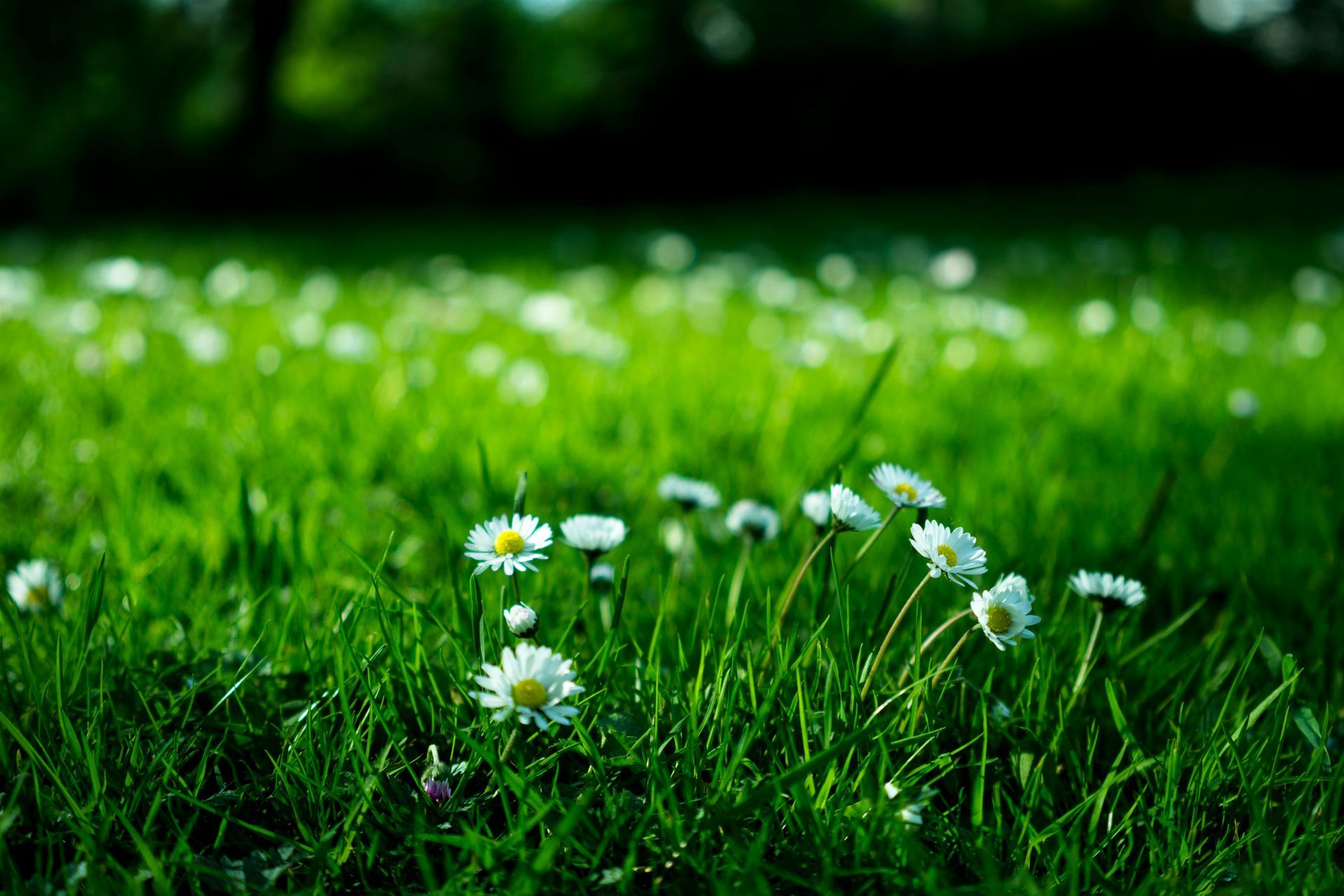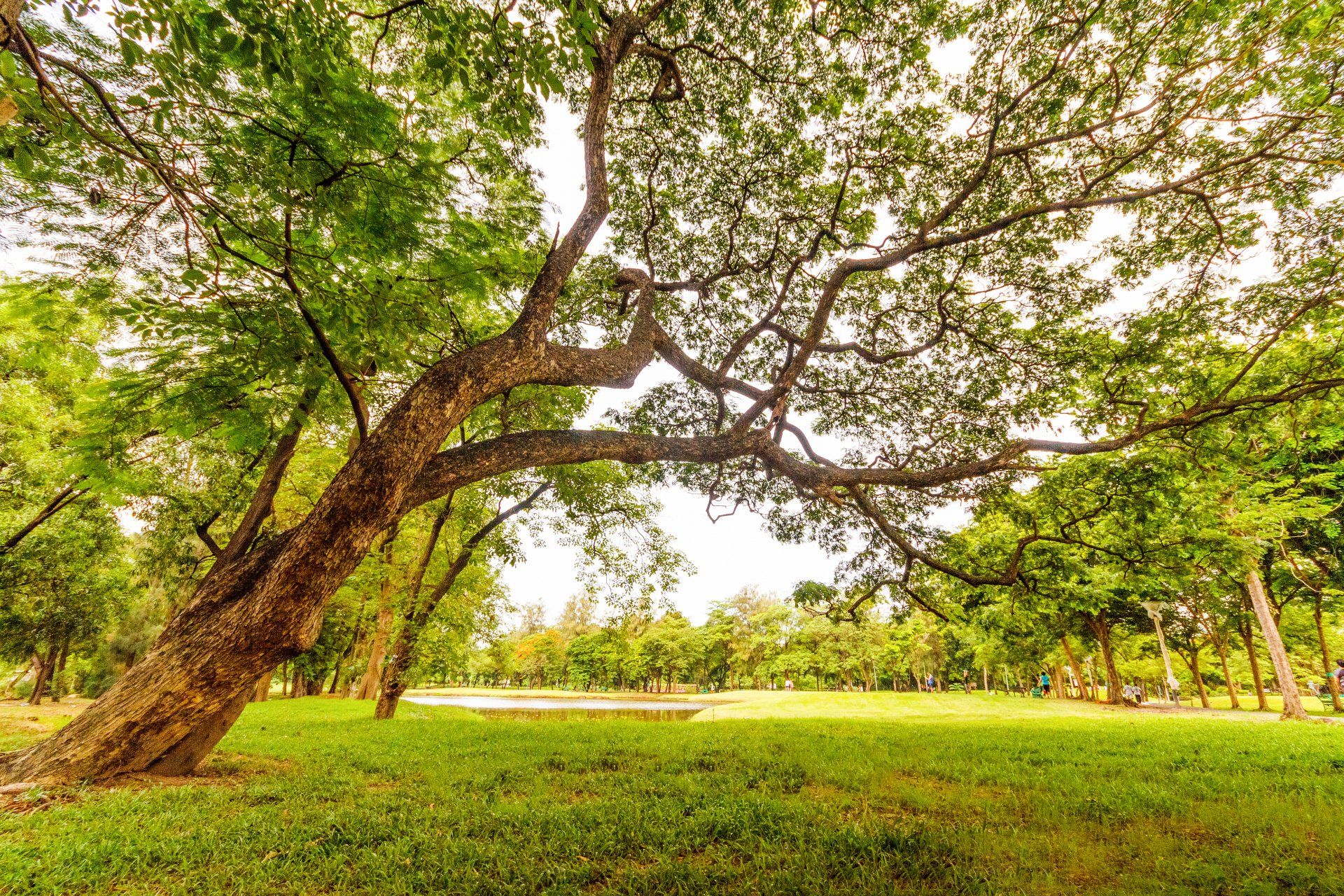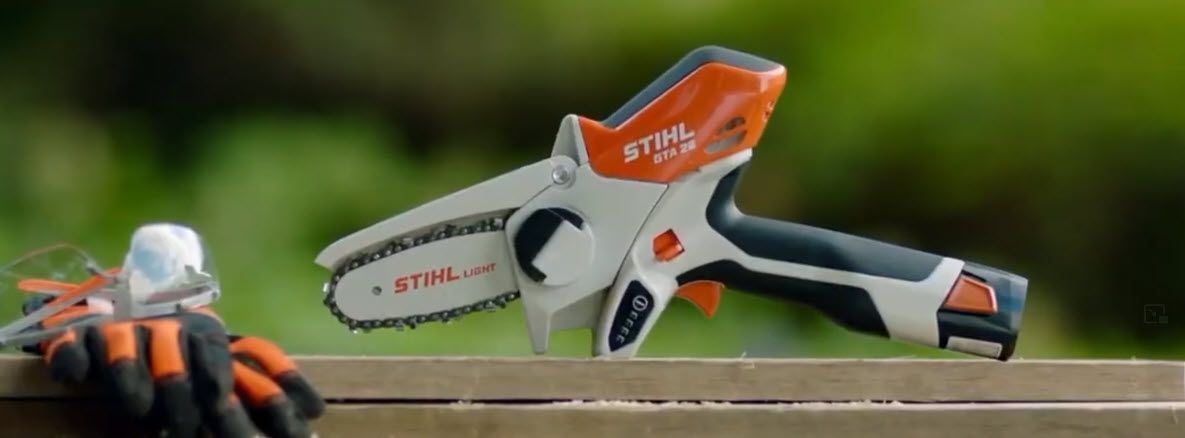Spring Lawn Care- Part One
Check Out Part One of The Ultimate Spring Lawn Care Guide!

Whether it brings snow, drought or a downpour, winter will wreak havoc on your lawn, no matter what kind of grass or plants you have.
Yes, a well-maintained yard does fare better against the wrath of winter.
Yet, some amount of damage is to be expected. So, once spring arrives, you will have to get to work as quickly as possible. In fact, I’d go so far as to say that if you scrimp on spring lawn care, your yard will suffer visibly through the rest of the year.
But, fret not! With a bit of planning and some early preparation, you can limit the amount of back-breaking work needed for spring lawn management. And you will find all the information you need in this Ultimate Spring Lawn Care Guide.
From choosing the right cold season grass varieties to preparing the lawn for the profuse grass growth of spring and from keeping pests and other problems at bay to the proper use of pesticides and fertilizers, this article covers them all and more.
Continue reading if you want your lawn to be the envy of the neighborhood.
A three-step approach is all that’s needed for a gorgeous lawn. You start with the right variety of grass. Then, you create a thriving environment for it with the right spring lawn care. Finally, you defend the grass against weeds, diseases and the other problems that the year brings along
How do you start your spring lawn care?
Clean up should be the first order of the season and you do that with a round of raking. Yes, I heard the collective chime of- “But we did that in fall”. Folks, that was to remove leaves from a season ago.
What about the filth of winter? Even if you rake deeply in fall, a layer of thatch will show up by spring. And, I can’t stress enough on how important it is to remove this layer of dead matter, which can literally choke the young grass.
Anything more than an inch of thatch is excessive and damaging. Also, spring raking helps to remove matted patches caused by snow mold. These sticky patches of clumped blades hinder the growth of new grass shoots.
Once you are past raking, I am sure you will consider the application of an herbicide next. That would be the most logical order to follow. However, you may need to include one more step, depending on the condition of the soil.
What is aeration, and does every lawn need it?
The best-kept secret of lush, green lawns, aeration is a law care step that’s often ignored by many homeowners. Aerating means moving and removing the soil with tools to eliminate compaction. And to answer the question above, yes, all lawns do need aeration.
However, the frequency of aeration will depend on the lawn and soil conditions. The need for aeration arises because, over time, heavy footfall and lawn maintenance initiatives literally push the soil down. The pressure removes the air pockets from the soil and makes the particles stick together, which dry to form hard clumps.
Grassroots cannot penetrate through compacted soil clumps. So, you will often see visible signs of decline in response to soil clumping. Moss is also a dead give way of soil compaction. And, it’s not just poorly maintained lawns that have this problem.
On average, a well-maintained yard will need one round of aeration per year or even every two years. As opposed to this, if your lawn has visible signs of distress, you need to get more aggressive with your aeration with two rounds a year.

Should soil aeration be included in spring lawn care?
Actually, no! The best time to aerate soil is in fall because right after aeration, you would want to fertilize. The thing to understand here is that aeration is primarily done to increase and improve the flow of nutrients and oxygen. So, it makes sense to fertilize immediately afterward.
Spring isn’t the best time for aerating or fertilizing. However, if you are dealing with ugly bald patches and have to reseed, aeration may be the need of the hour. To be sure, use this simple home test to check for compaction.
Push down a large screwdriver into the soil when the surface is dry. If it’s hard to push, you have a compaction problem because well-aerated soil, even when dry, is loose and allows the metal to easily pass through it.
A few things to remember if you need to aerate your lawn in spring!
• If you have a thatch buildup of more than 1.5 inches, aerate first then rake using a thatch rake.
• Core aerators that remove small soil plugs from the ground are best for cold season lawns.
• Mow the lawn low before using the core aerator.
• Make several passes in different directions with the aerator for the best results.
• Always aerate when the temperature is at its mildest.
• Overseed and fertilize after aeration, if required.
• To avoid damaging the irrigation system while aerating, mark the sprinkler heads before you begin.
• Test the moisture level of the soil before aeration. You need moderately moist soil for aeration. Use a trowel to remove some soil. If the soil sticks to the trowel it is too wet for aeration.
• Keep the soil plugs pulled out by the core aerator on the lawn.
• Once the plugs are dry, mow the lawn with a low cutting blade, making two passes in opposite directions.
• Water the lawn after mowing; this speeds up the integration of the dried plugs into the soil below.
Over-seeding the lawn: When should it be done and when is it absolutely required?
Typically, you would over-seed the lawn to increase lushness or to tackle bald spots. To improve the thickness of the turf, over-seeding is best done in the fall. The plunging temperatures stop weeds like crabgrass in their tracks and give the young grass enough time to thrive in a non-competitive environment.
However, if you want to cover bald patches that emerge at the end of winter, you will have no choice but to over-seed in spring. And, don’t be too hard on yourself if your lawn does sport these bare areas because everything from dog spots, heavy traffic, salt damage, excess shade, and soil compaction could be the reason for them.
Having said that, if you are wondering what this over-seeding business is all about, it is simply the application of grass seeds to the soil. Regardless of when you are over-seeding, always aerate and fertilize before to provide the young shoots with all the nutrition they need.
I recommend that you use a good seed mix that is appropriate for your lawn conditions and your region for over-seeding. Also, don’t forget to water the over-seeded patch every day because the seedlings have shallow roots.
Is spring a good time to fertilize the lawn?
I cannot give a simple answer to that question because it depends on the type of lawn you want. If you fertilize in spring, the growth will no doubt be luxuriant and deep green, but you will get it at the cost of root system development.
This means your lawn will be more susceptible to diseases and pests. Plus, when you fertilize the lawn in spring, you inadvertently also supply nutrients to weeds like crabgrass. I am sure you have already reckoned that this means your lawn will need a lot of maintenance.
In contrast, if you fertilize in fall, you will bypass both these issues and will have a comparatively low maintenance yard. That said, when fertilizing cold season yards, nitrogen should be the primary nutrient that you supply because most cold season grasses are gluttons for nitrogen.
What if you absolutely need to fertilize in spring?
I would strongly recommend that you wait till the end of the spring flush when the grass is out of the growth stage to apply fertilizer. This would be somewhere around the end of spring, in May.
Because hot weather is just around the corner, you don’t want to stress the grass too much. So, limit your use of the fertilizer to one-half of fall usage. Ideally, use nitrogen at 0.5- 1 lb/1000 sq. ft. at this time.
Half of this should be in soluble form while the other half should be in the slow-release form. This way you provide some amount of nitrogen for immediate uptake while the time-release fertilizer will continue to supply nutrition for almost 6 weeks after application.
A few things to remember when fertilizing your lawn
• Time-release fertilizers don’t act immediately but offer more sustained results.
• If using fast-release chemical fertilizers, carefully follow the quantity requirements because too much will burn the grass.
• Bone meal, fish meal and blood meal fertilizers are likely to be gobbled up by your pets, and they can be toxic.
• Never mix starter fertilizer with a weed control product because the later will stop the seeds from germinating.
• As far as possible, use organic fertilizers, which are easy on the plants and the environment.
• Don’t go overboard with your fertilizer application. It is best to not fertilize more than twice a year.
• Don’t allow fertilizers to enter the storm drains.
What about the different types of herbicides? When should they be used?
The use of herbicides depends on the type of problem your lawn has and its condition. Typically, herbicides can be classified into two categories:
• Pre-emergent: These kill the weeds before they raise their ugly heads. They work by preventing the germination of the seeds.
• Post-emergent: They burn the weeds even if they are thriving in your spring-summer lawn.
When you read about their mode of action, you are bound to wonder, why not use pre-emergent herbicides the minute spring hits? Well, as it happens, these herbicides are not just hazardous for weeds but also for grass.
This means if you have re-seeded your lawn in spring, you cannot use a pre-emergent herbicide. However, if you’ve over-seeded and fertilized in fall, you have given the seedlings enough time to grow. In this case, you can use a pre-emergent herbicide to control weeds before they turn into an issue.
If the weed problem, particularly with perennial weeds like crabgrass, is an every-year issue, you can combine fertilization with the application of a pre-emergent herbicide. Post-emergent herbicides can be applied once the weeds turn into an eyesore.
A few tips for keeping weeds away from your lawn
• Don’t use core aeration after the application of pre-emergent herbicides, as the coring will break through the anti-germination shield created by the herbicide.
• If you must re-seed in spring, use a pre-emergent herbicide that does not affect grass seeds (Tupersan is one such product).
• Deal with perennial weeds like dandelion and crabgrass in spring. So, you don’t give them the time to grow stronger.
• If using, post-emergent herbicide, use it in fall, particularly if you have a problem with broadleaf weeds like dandelion.
• For weed control without the use of herbicides, keep an eye out for the shoots and pull them out consistently.
• Even if you cannot pull the weeds out by their roots, do snap off the flowering stems to prevent seed propagation.
You don’t need to toil for several hours to take care of your lawn in spring. However, you do need to be consistent in your efforts. Diligent sprint lawn care will help you to keep your yard covered in lush greenery all through the year.
For all your lawn care products visit Martens Reedsburg True Value today. We have grass seed, fertilizers, herbicides, and a large selection of lawn mowers, riders and Z-turns. Get your lawn looking healthy and green this season with products from Reedsburg True Value Superstore!
Look for Part 2 of this Spring Lawn Care article coming soon...
Part 1 is an excerpt of an article Originally Posted On: https://greenthumbplanet.com/spring-lawn-care-guide/










